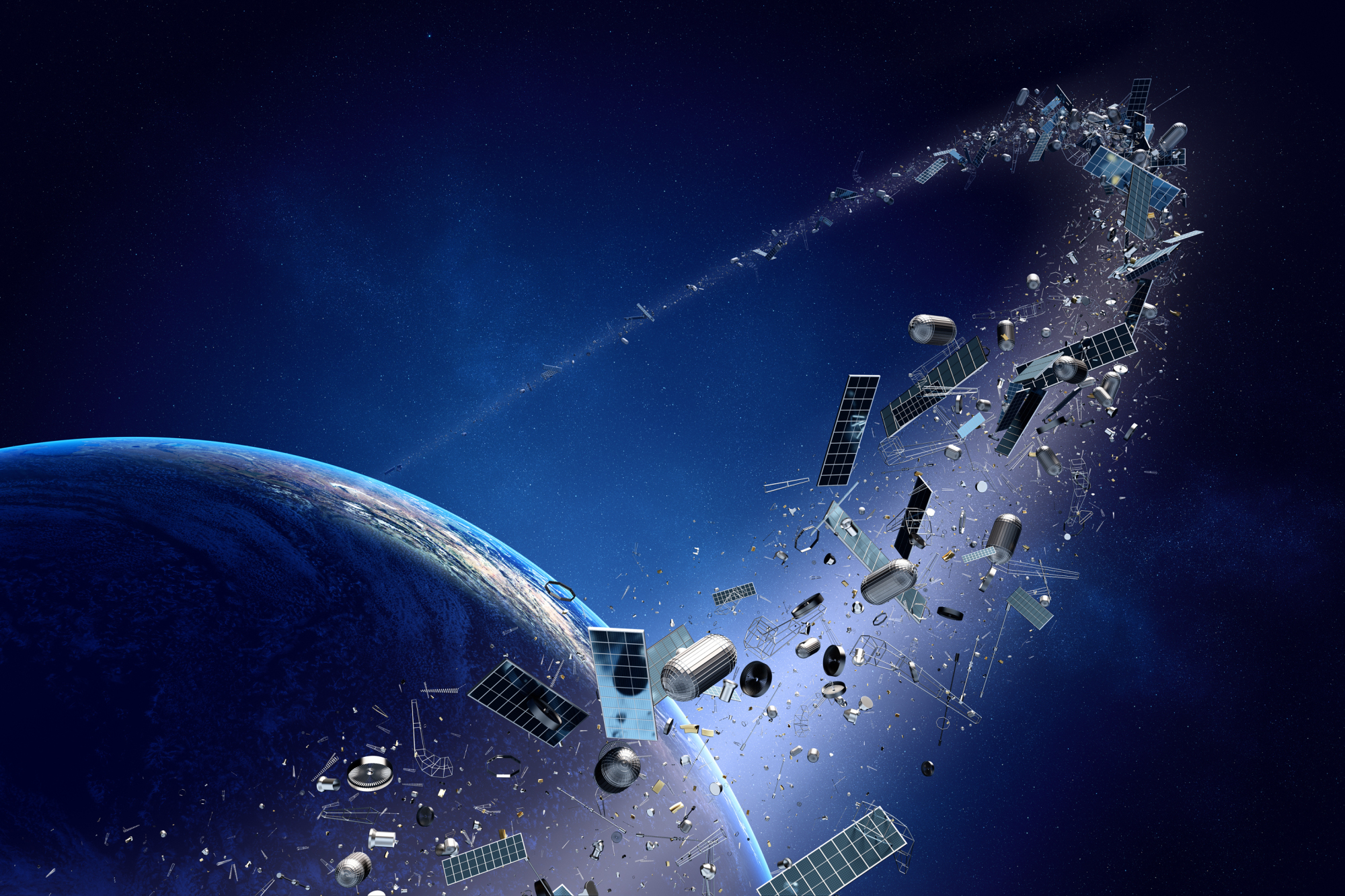On Sept. 15, NASA launched the Ice, Cloud and Land Elevation Satellite-2, which will monitor Earth's ice sheets, recording changes in ice thickness as small as half a centimeter. The satellite will allow us to see one consequence of our collective pressure on the planet's environment. And yet it will, in a small way, also exacerbate another emerging global problem.
The U.S. Air Force — more precisely, the U.S. Strategic Command — is already actively tracking more than 20,000 satellites, rocket pieces and collision fragments bigger than a softball that are orbiting the Earth, which together present a looming menace to satellite operations and everything that depends on them, including global positioning systems, telecommunications, weather forecasts and the internet.
Over 50 years ago, when we first started putting satellites in orbit, we seemed small and the Earth very big. Now, with nearly 500 new satellites going up every year, our influence is no longer small. Congested space is another reflection of our entry into the Anthropocene — a new era of history in which everything about the Earth and its climate, even the space around it, is profoundly affected by human activity.



















With your current subscription plan you can comment on stories. However, before writing your first comment, please create a display name in the Profile section of your subscriber account page.